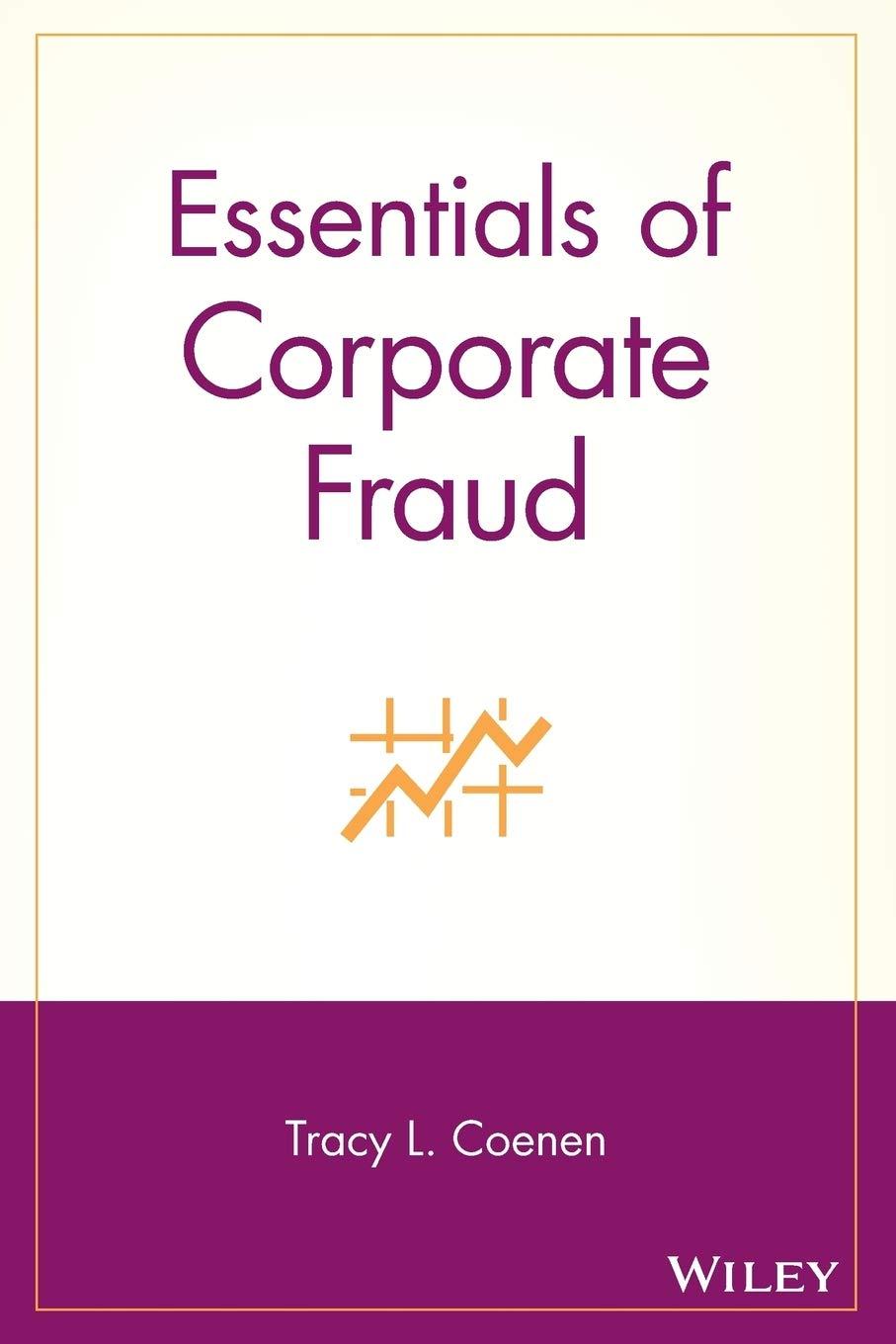Question
Oxford Concrete Inc. (OCI) processes and distributes various types of cement. The company buys quarried local rock, limestone, and clay from around the world and
Oxford Concrete Inc. (OCI) processes and distributes various types of cement. The company buys quarried local rock, limestone, and clay from around the world and mixes, blends, and packages the processed cement for resale. OCI offers a large variety of cement types that it sells in one-kilogram bags to local retailers for small do-it-yourself jobs. The major cost of the cement is raw materials. However, the companys predominantly automated mixing, blending, and packaging processes require a substantial amount of manufacturing overhead. The company uses relatively little direct labour.
Some of OCIs cement mixtures are very popular and sell in large volumes, while a few of the recently introduced cement mixtures sell in very low volumes. OCI prices its cements at manufacturing cost plus a 25% markup, with some adjustments made to keep the companys prices competitive.
For the coming year, OCIs budget includes estimated manufacturing overhead cost of $4,400,000. OCI assigns manufacturing overhead to products on the basis of direct labour-hours. The expected direct labour cost totals $1,200,000, which represents 100,000 hours of direct labour time. Based on the sales budget and expected raw materials costs, the company will purchase and use $10,000,000 of raw materials (mostly quarried rock, limestone, and clay) during the year.
The expected costs for direct materials and direct labour for one-kilogram bags of two of the companys cement products appear below:
| Normal Portland | High Sulphate Resistance | |||||
| Direct materials | $ | 9.00 | $ | 5.80 | ||
| Direct labour (0.02 hours per bag) | $ | 0.24 | $ | 0.24 | ||
OCIs controller believes that the companys traditional costing system may be providing misleading cost information. To determine whether this is the case, the controller has prepared an analysis of the years expected manufacturing overhead costs, as shown in the following table:
| Activity Cost Pool | Activity Measure | Expected Activity for the Year | Expected Cost for the Year | |||
| Purchasing | Purchase orders | 4,000 | orders | $ | 1,120,000 | |
| Materials handling | Number of setups | 2,000 | setups | 386,000 | ||
| Quality control | Number of batches | 1,000 | batches | 180,000 | ||
| Mixing | Mixing hours | 190,000 | mixing hours | 2,090,000 | ||
| Blending | Blending hours | 64,000 | blending hours | 384,000 | ||
| Packaging | Packaging hours | 48,000 | packaging hours | 240,000 | ||
| Total manufacturing overhead cost | $ | 4,400,000 | ||||
Data regarding the expected production of Normal Portland and High Sulphate Resistance cement mixes are presented below:
| Normal Portland | High Sulphate Resistance | |||
| Expected sales | 160,000 | kilograms | 8,000 | kilograms |
| Batch size | 10,000 | kilograms | 500 | kilograms |
| Setups | 4 | per batch | 4 | per batch |
| Purchase order size | 20,000 | kilograms | 500 | kilograms |
| Mixing time per 100 kilograms | 3 | mixing hours | 3 | mixing hours |
| Blending time per 100 kilograms | 1 | blending hour | 1 | blending hour |
| Packaging time per 100 kilograms | 0.6 | packaging hours | 0.6 | packaging hours |
Required:
1. Using direct labour-hours as the base for assigning manufacturing overhead cost to products, do the following:
a. Determine the predetermined overhead rate that will be used during the year.
|
b. Determine the unit product cost of one kilogram of the Normal Portland cement and one kilogram of the High Sulphate Resistance cement. (Round your answers to 2 decimal places.)
| Normal Portland | High Sulphate Resistance | |
| Total unit product cost: | ? | ? |
2. Using ABC as the basis for assigning manufacturing overhead cost to products, do the following:
a. Determine the total amount of manufacturing overhead cost assigned to the Normal Portland cement and to the High Sulphate Resistance cement for the year.
| Normal Portland | High Sulphate Resistance | |
| Purchasing | ? | ? |
| Material Handling | ? | ? |
| Quality control | ? | ? |
| Mixing | ? | ? |
| Blending | ? | ? |
| Packaging | ? | ? |
| Total Overhead Cost | ? | ? |
b. Using the data developed in 2(a) above, compute the amount of manufacturing overhead cost per kilogram of the Normal Portland cement and the High Sulphate Resistance cement. (Round all computations to the nearest whole cent.)
| Normal Portland | High Sulphate Resistance | |
| Total Overhead Cost Assigned (above) | ? | ? |
| Number of kg manufactured | ? | ? |
| Cost per kg | ? | ? |
c. Determine the unit product cost of one kilogram of the Normal Portland cement and one kilogram of the High Sulphate Resistance cement. (Round your answers to 2 decimal places.)
| Normal Portland | High Sulphate Resistance | |
| Total Unit Product Cost | ? | ? |
Step by Step Solution
There are 3 Steps involved in it
Step: 1

Get Instant Access to Expert-Tailored Solutions
See step-by-step solutions with expert insights and AI powered tools for academic success
Step: 2

Step: 3

Ace Your Homework with AI
Get the answers you need in no time with our AI-driven, step-by-step assistance
Get Started


